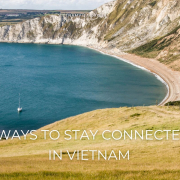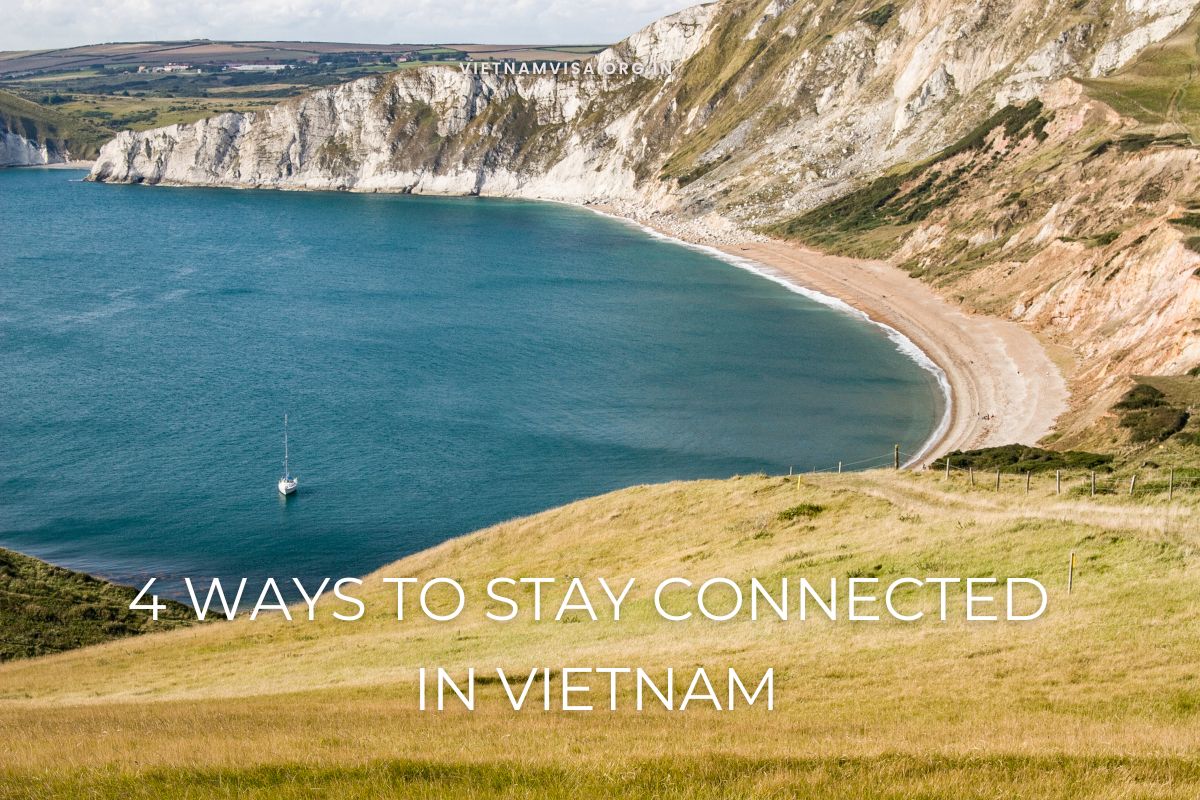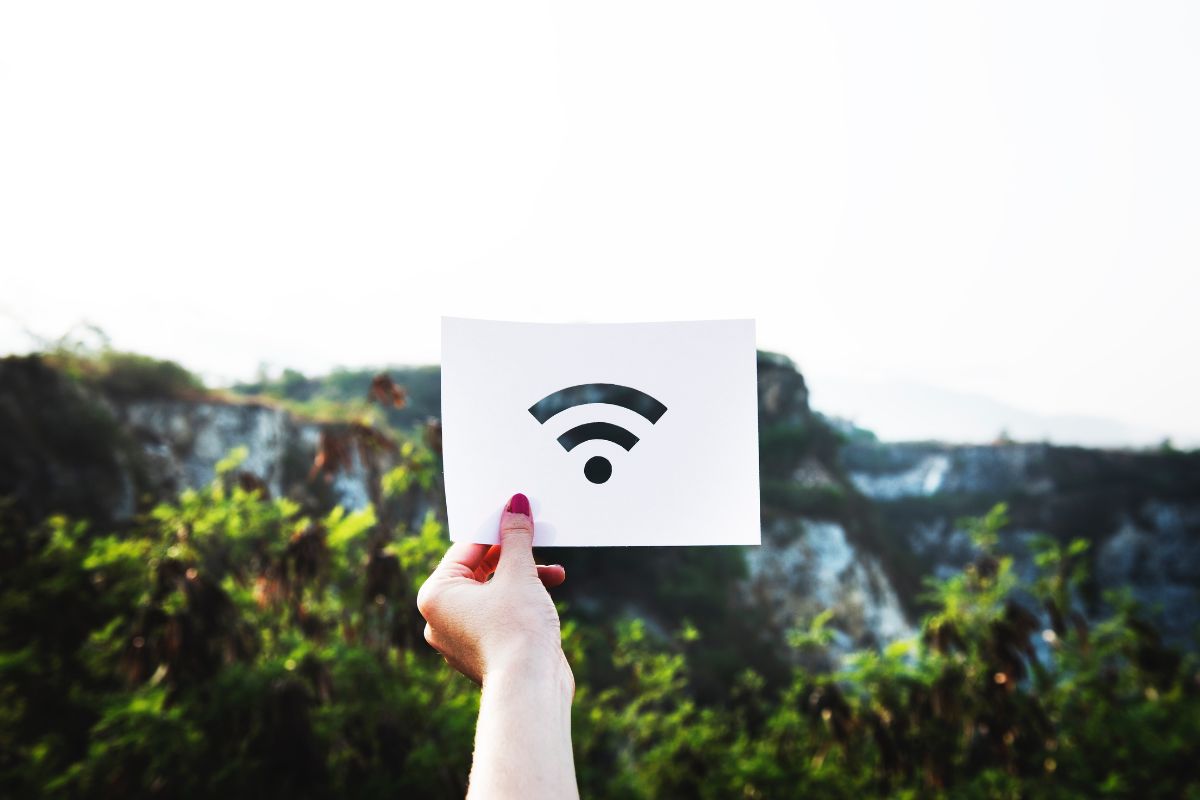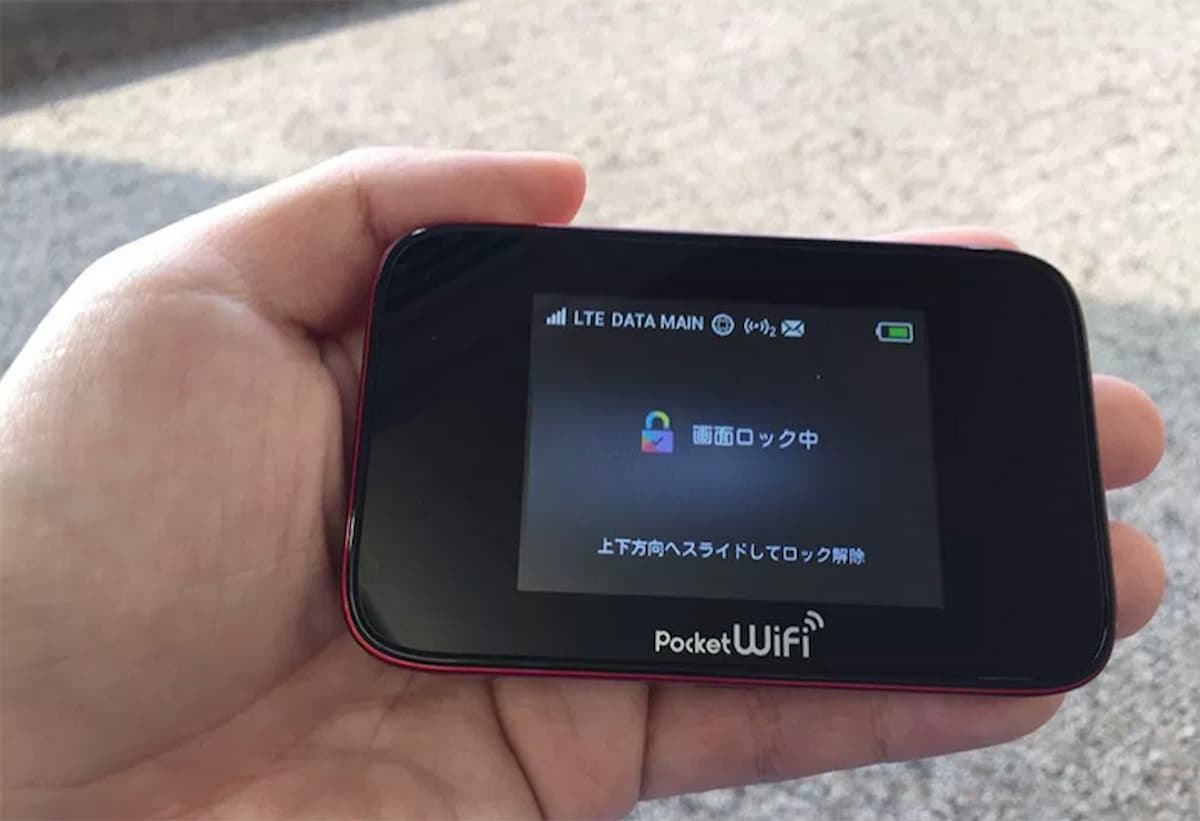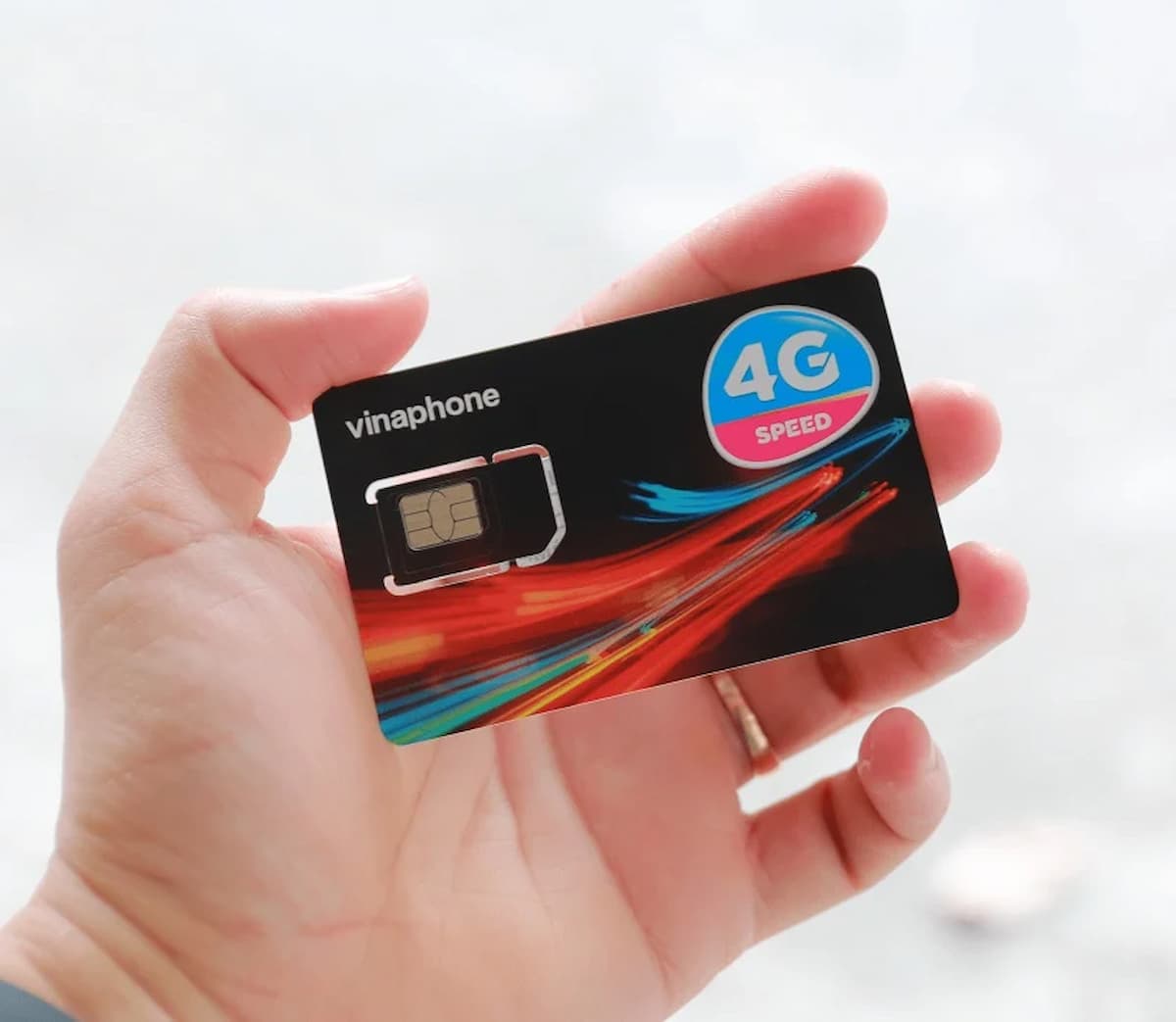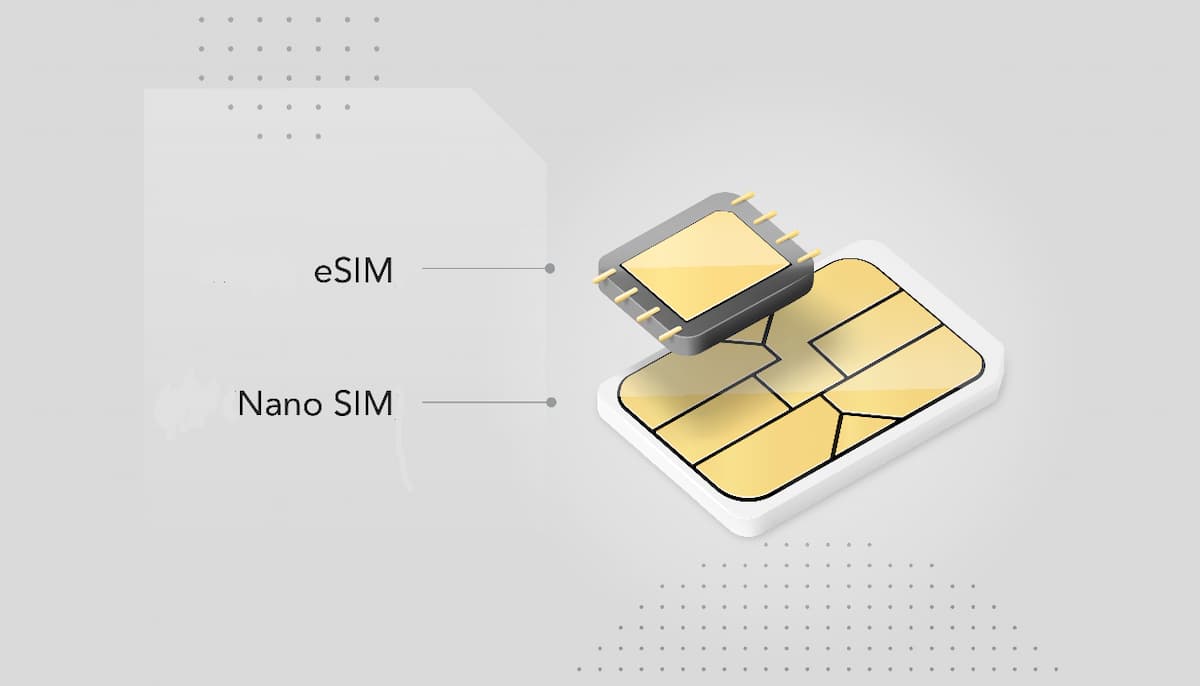4 ways to stay connected in Vietnam
Traveling to Vietnam can be a difficult experience if you don’t know how to stay connected in Vietnam. In this blog post, we’ll delve into four effective methods: utilizing free WiFi, renting pocket WiFi devices, buying a local SIM card, and purchasing an eSIM. Each method has its pros and cons, and the choice ultimately depends on your personal needs and preferences.
How Many Ways to Stay Connected in Vietnam
While there are several ways to stay connected in Vietnam, let’s break down the four main options:
-
Using Free WiFi: Many public places such as cafes, restaurants, hotels, and shopping centers provide complimentary WiFi. This option is ideal for budget-conscious travelers who don’t need constant internet access.
-
Pocket WiFi: Renting a portable WiFi device is a convenient option for those who require internet access on the go. Pocket WiFi allows multiple devices to connect simultaneously, making it perfect for families or groups.
-
Buying a Local SIM Card: If you plan to stay for an extended period, purchasing a local SIM card might be the most economical choice. This allows you to use data on your smartphone without relying too heavily on public WiFi.
-
Purchasing an eSIM: With advancements in technology, eSIMs have gained popularity among tech-savvy travelers. They provide a seamless way to connect without needing a physical SIM card, perfect for short stays.
Let’s explore each of these options in detail to help you understand which method suits your needs best.
Using Wifi to stay connected in Vietnam
One of the most common and cost-effective ways to stay connected in Vietnam is by utilizing free WiFi services available throughout the country. Free WiFi is widely accessible in various locations, including cafés, hotels, malls, and even public spaces.
On the positive side, it allows you to save money on data costs, particularly if you only need occasional internet access. Furthermore, since many establishments offer free WiFi, you’ll likely have easy access to the internet during your outings.
However, the main downside of relying solely on free WiFi is its unpredictability.
-
Speeds can be slow, and connections can be spotty, especially during peak hours when many people are trying to connect simultaneously.
-
Free WiFi networks can pose security risks, as they are vulnerable to hacking and cyber threats. It’s recommended to avoid accessing sensitive information, such as online banking, while connected to public WiFi network
Pocket Wifi
For travelers looking for a more reliable & flexible way to stay connected in Vietnam, renting a pocket WiFi device is an excellent option.
-
Pocket WiFi provides reliable internet connectivity in Vietnam through a portable wireless router. This device creates a personal hotspot, supporting 5-10 devices simultaneously. This means pocket wifi is a great choice if you travel in groups. Pocket WiFi also provides a consistent and secure connection throughout your travels.
-
While pocket WiFi provides reliable connectivity, it does come at a cost. Rental fees vary based on the provider, and you may also incur additional charges for data usage exceeding your plan.
-
Depending on the device’s battery capacity, you might need to recharge it several times throughout the day, particularly during heavy usage periods. Investing in a portable charger can help alleviate battery-related concerns.
-
Although pocket WiFi typically offers widespread coverage within urban areas, rural regions might experience slower speeds or limited connectivity. Check with your provider to ensure their service meets your travel itinerary.
You can find Pocket WiFi services from local telecom companies (Viettel, Vinaphone, MobiFone) and international ones (Tep Wireless, Skyroam).
The rent can cost around $5 – 10 USD a day. Keep in mind that these devices usually have a 6-8 hour battery life and can be recharged via USB.
Stay connected in Vietnam by local SIM Cards
Another way of staying connected is by getting a local SIM card. Major local telecoms like Viettel, Vinaphone, and MobiFone in Vietnam offer prepaid SIMs with a decent amount of data at very cheap prices. These are easily available in airports and from convenience and carrier shops in major cities and tourist areas.
-
One of the primary benefits of using a local SIM card is its affordability. Data packages offered by Vietnamese carriers are incredibly budget-friendly compared to international roaming rates imposed by foreign carriers. You can choose from various plans depending on your needs, ranging from daily, weekly, or monthly packages.
-
Using a local SIM card also provides you with reliable internet access in both urban and rural areas. This ensures you can stay connected while exploring stunning landscapes or historical sites off the beaten path. Additionally, having a local number can be beneficial for making calls or sending texts within Vietnam, whether for communicating with locals or arranging transportation.
-
However, not all phone models are available for Vietnam SIM cards because some types of phones may not work globally.
-
Activating a new SIM card may require a bit of patience, especially if language barriers arise. Though customer service representatives often speak English, there may be instances where communication becomes challenging.
Be sure to check that your phone is unlocked and compatible with Vietnamese networks to avoid any connectivity issues during your trip.
Also referring to: Best Tourist SIM Cards in Vietnam: Your Detailed Guide
Buying a Vietnam eSIM to stay connected in Vietnam
eSIMs are becoming an increasingly popular option for Vietnam visitors as it allows users to activate a local cellular plan without the need for a physical SIM card.
Here are some of the advantages of using an eSIM when traveling in Vietnam:
-
Instant activation: Set up before arrival for immediate connectivity
-
No physical SIM needed: Saves time finding a local vendor
-
Dual number capability: Keep home numbers active while using local data
-
Flexible plan options: Choose from various durations and data amounts
-
Easy to switch plans: Change or top up digitally as needed
However, to use an eSIM in Vietnam, travelers need an eSIM-compatible device, which includes many recent iPhone models, Google Pixels, and select Samsung and other Android devices.
Where to get Vietnam eSIM plans for visitors
Vietnamese visitors can get Vietnam eSIM at major airports in Vietnam, such as Noi Bai International Airport or Tan Son Nhat International Airport. However, these plans at the airport may not vary.
To help visitors save time and inconveniences, vietnamesim.com can be your data solution. Among many providers mentioned, vietnamesim.com is worth noticing as they are a local provider, which means they have in-depth knowledge of the local telecom landscape and infrastructure to provide better coverage and service quality. Moreover, vietnamesim.com has more flexible plans and more competitive rates compared to international eSIM services.
To help you choose, here is a general guideline:
-
Light usage: 1-2 GB per week
-
Moderate usage: 3-5 GB per week
-
Heavy usage: 6-10 GB per week or more
Tips for staying connected in Vietnam
Here are some tips to help you stay connected without breaking the bank when traveling in Vietnam
-
disable auto-updates and background app refresh
-
Use data-saving modes in apps and browsers
-
Compress photos before sharing
-
Track your data usage
-
Download maps, entertainment, and guides for offline use
Conclusion
In conclusion, staying connected in Vietnam is easier than ever, thanks to the variety of options available to travelers. From using free WiFi in public spaces to renting pocket WiFi devices, buying local SIM cards, or opting for eSIMs, you have the flexibility to choose a method that aligns with your travel style and connectivity needs!
Consider the pros and cons of each connectivity option to find the best plan for your Vietnam experience!

